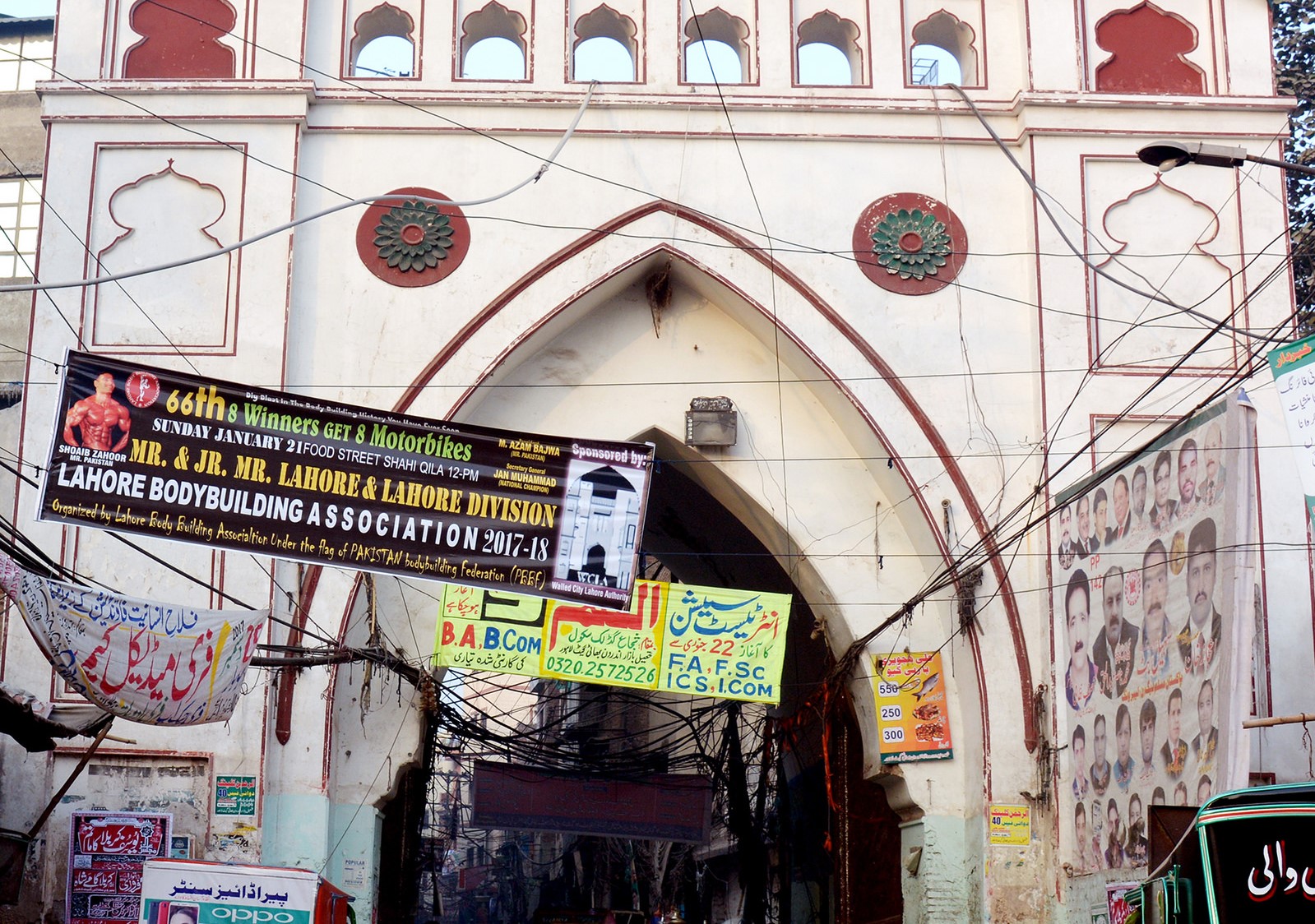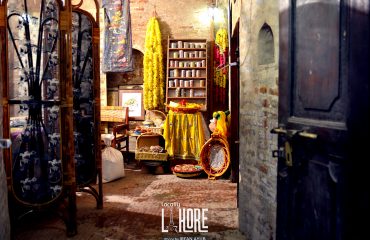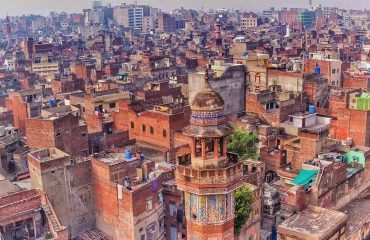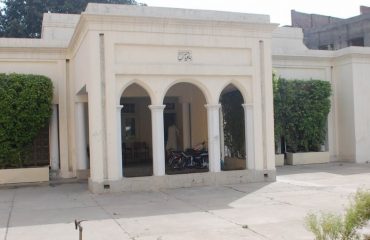While moving towards the attractions of the walled city of Lahore, Bhati Gate is privileged of being listed at the top. The vibrant culture around the gate makes it a desired place for explorers of tradition. Bhati Gate is among 6 remaining gates of Lahore out of the 13 which were demolished in British era. It’s not just a gate but a locale of entire colorful lifestyle, traditions, taste, and crafts. So, let’s get into the significance and life around Bhati Gate of Lahore.
Historical Glimpse of Bhati Gate
During the reign of Mughal emperor Akbar, the gate was built in the 16th century. The rebuilt structure of Bhati Gate had slightly changed its architecture. Well, there is no room inside Bhati Gate like Delhi and Lohari Gates but it’s some portion is serving the police station. The gate is named after the Bhati Clan of Rajputs and it resembles with Kashmiri Gate regarding its design. Being one of the oldest entrances of the city, Bhati Gate is located in the western side of Lahore near Data Darbar.

Cultural Significance of the Bhati Gate
As Bhati Gate is known for being the most famous location near Data Darbar. The mausoleum of Hazrat Data Ali Hajveri (R.A) is the pride of this Gate which makes it a part of the holistic center. The soothing music played by Qawals inside the gate creates an ambiance of spirituality there. Narrow but traditionally vast streets along with Bhati Gate have bustling bazaars, enticing food, and handicrafts. A straight path inside the Bhati Gate leads towards Bazaar-e-Hakeeman and Tehseel Bazaar while approaching Tazali Bazaar.

Photo Credit by Mobeen_Ansari
The whole journey surrounding the site has awe-inspiring architecture depicts the culture of an ancient settlement. Passing through the trails of Bhati Gate by seeing the balconies and jharokas by turning your head upwards can bring a touching feeling. Moreover, this gate is the hub of literature and arts of the walled city of Lahore. As many famous poets, writers, artists, political figures and intellectuals have resided here. In 1901, Sir Abdul Qadir published his inspiring literature in form of the magazine from the area of Bhati Gate. Significantly the poet of the East, Allama Iqbal also lived at Bhati Gate.
Oonchi Masjid dated back to Akbar’s reign, Mosque of Shah Jahan, Madrassa Nomanai; all are located inside the Bhati Gate. The popular koocha of Bhati Gate called Moti Tibba is inside the gate, whereas Faqir Khana which is a private museum also situated here. Near it, there’s a Haveli of Begam Wajid Ali Shah and Imam Bargah. The small settlement of Hindus along with their temples also exists inside the Gate which is a true picture of religious harmony.
Hence, Bhati Gate is a contrast of architecture, art, culture, traditions and religious acceptance in the walled city of Lahore. This precious heritage of the city is a must-see spot for local and especially the tourists who desire to explore the highlights of Lahore.




